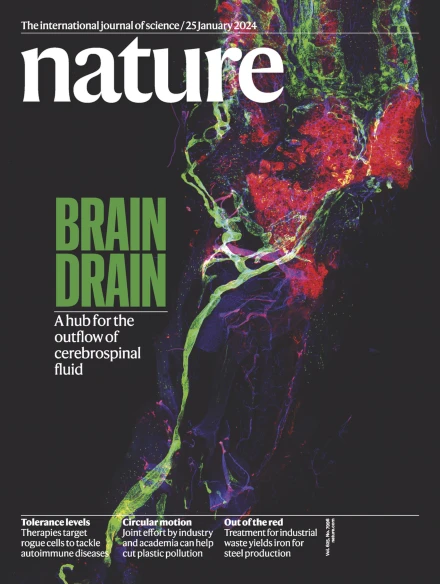白矮星双星系统的硬 X 射线观测
IF 50.5
1区 综合性期刊
Q1 MULTIDISCIPLINARY SCIENCES
引用次数: 8
摘要
相对于中子星,退化矮星能够以 X 射线波长辐射,这引起了许多理论界的兴趣。阿里尔5号硬X射线观测结果表明,目前的理论似乎不足以解释观测结果的方方面面。利用帝国理工学院在阿里尔 5 号上的硬 X 射线闪烁望远镜(ST),对几个短周期(最长 12 小时)双星系统进行了研究,并在此进行了描述。这项研究是在从 AM Herculis 星探测到非常硬的 X 射线通量后进行的,其结果是要从光学上类似的恒星系统中寻找类似的信号。使用的探测器由 8 平方厘米的 Csl 晶体组成,主动准直到 8° FWHM,覆盖 26-1,200 千伏的能量范围。探测器偏离卫星自旋轴,因此可以利用调制技术进行背景减除。该仪器及其运行情况在其他地方有详细描述1。本文章由计算机程序翻译,如有差异,请以英文原文为准。
Hard X-ray observations of white dwarf binary systems
THE ability of degenerate dwarfs, as opposed to neutron stars, to radiate at X-ray wavelengths has created much theoretical interest. Ariel 5 hard X-ray observations indicate that current theories seem inadequate to explain all aspects of the observations. Using the Imperial College hard X-ray scintillation telescope (ST) on Ariel 5, several short period (up to 12 h) binary star systems have been studied and are described here. This study was carried out after a very hard X-ray flux was detected from AM Herculis leading to a search for similar signals from optically similar star systems. The detector used consists of 8 cm2 of Csl crystal actively collimated to 8° FWHM and covers the energy range 26–1,200 keV. It is offset from the satellite spin axis, thereby enabling background subtraction using a modulation technique. The instrument and its operation are described fully elsewhere1.
求助全文
通过发布文献求助,成功后即可免费获取论文全文。
去求助
来源期刊

Nature
综合性期刊-综合性期刊
CiteScore
90.00
自引率
1.20%
发文量
3652
审稿时长
3 months
期刊介绍:
Nature is a prestigious international journal that publishes peer-reviewed research in various scientific and technological fields. The selection of articles is based on criteria such as originality, importance, interdisciplinary relevance, timeliness, accessibility, elegance, and surprising conclusions. In addition to showcasing significant scientific advances, Nature delivers rapid, authoritative, insightful news, and interpretation of current and upcoming trends impacting science, scientists, and the broader public. The journal serves a dual purpose: firstly, to promptly share noteworthy scientific advances and foster discussions among scientists, and secondly, to ensure the swift dissemination of scientific results globally, emphasizing their significance for knowledge, culture, and daily life.
 求助内容:
求助内容: 应助结果提醒方式:
应助结果提醒方式:


